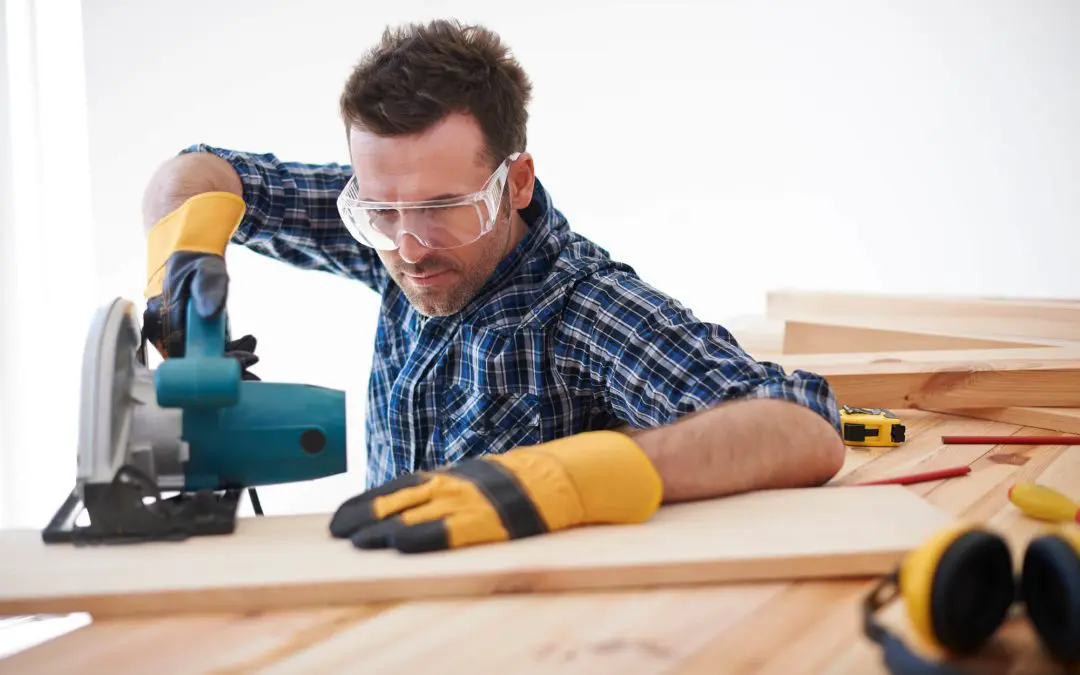Do-it-yourself (DIY) projects are a great way to personalize your space, save money, and feel accomplished. However, enthusiasm and creativity alone can’t guarantee a successful outcome. Even the most enthusiastic DIYers can fall into common traps that can turn a fun project into a frustrating mess. Here are some of the most common DIY mistakes and tips on how to avoid them.
1. Common DIY Mistakes: Failing to Plan Properly
Mistake: Jumping into a project with little to no planning.
Solution: Spend time researching and planning your project. Understand all the steps involved and gather all the necessary materials and tools before you start. This helps prevent mid-project runs to the store and ensures you’re prepared for any surprises.
2. Skimping on Materials
Mistake: Choosing cheap or inadequate materials to cut costs.
Solution: While it might be tempting to go for the cheapest option, quality matters, especially for projects involving structural elements or long-term durability. Invest in materials that will last and perform better over time. It’s also crucial to use suitable materials for the job.
3. Overestimating Skills
Mistake: Tackling a project that’s beyond your current skill level.
Solution: Be realistic about your capabilities and start with projects that match your skills. If you’re determined to take on a challenging project, consider taking a class or practicing the necessary skills on smaller projects first.
4. Underestimating Time Commitment
Mistake: Thinking a project will take less time than it actually does.
Solution: DIY projects often take longer than expected. Allocate more time than you think you’ll need to avoid rushing through the project, which can lead to mistakes or poor-quality work.
5. Common DIY Mistakes: Ignoring Safety Precautions
Mistake: Overlooking safety measures in the eagerness to get started or finish.
Solution: Always prioritize safety by wearing appropriate protective gear and following safety guidelines for tools and materials. This can prevent injuries and ensure a safe working environment.
6. Forgoing Permits
Mistake: Not obtaining necessary permits for larger projects.
Solution: Check with your local building authority to see if your project requires permits. Skipping this step can lead to fines and problems when selling your home.
7. Inaccurate Measurements are Common DIY Mistakes
Mistake: Rushing through measurements and making cuts based on estimates.
Solution: Remember the adage, “Measure twice, cut once.” Accurate measurement can prevent waste of materials and time.
8. Lack of Preparation for Paint Jobs
Mistake: Not properly prepping surfaces before painting.
Solution: Proper preparation, such as cleaning, sanding, and priming surfaces, is vital to a flawless paint job. Skipping these steps can lead to paint peeling or chipping prematurely.
9. Common DIY Mistakes: Using Incorrect Tools
Mistake: Using tools improperly or tools that aren’t right for the job.
Solution: Using the correct tools can make a big difference in the ease and success of a project. Ensure you have the right tools and knowledge to use them correctly.
10. Not Consulting Professionals When Needed
Mistake: Hesitating to ask for professional help when a project becomes overwhelming.
Solution: If a project is too complex, there’s no shame in consulting with or hiring a professional. This can save money and frustration in the long run.
DIY projects should be enjoyable and rewarding. By being aware of these common mistakes and knowing how to avoid them, you can ensure that your next DIY project is successful and satisfying.
FAQs for DIY Projects
What should I consider when budgeting for a DIY project?
Include costs for materials, tools, potential waste, and unexpected expenses. Also, factor in the value of your time.
What common safety hazards should I be aware of while doing DIY projects?
Be aware of risks like electrical hazards, toxic fumes, sharp tools, and machinery. Ensure your work area is well-ventilated, clean, and organized.
How can I ensure I’m using the right materials for my DIY project?
Consult with professionals at hardware stores, read product reviews, and look at similar project recommendations.
What’s the best way to learn new DIY skills?
Online tutorials, workshops, community classes, and practice projects are excellent ways to build confidence and competence in new DIY areas.
Homesmith Home Inspections offers inspection services to customers in the Houston, Texas, area. Contact us to request an appointment.

